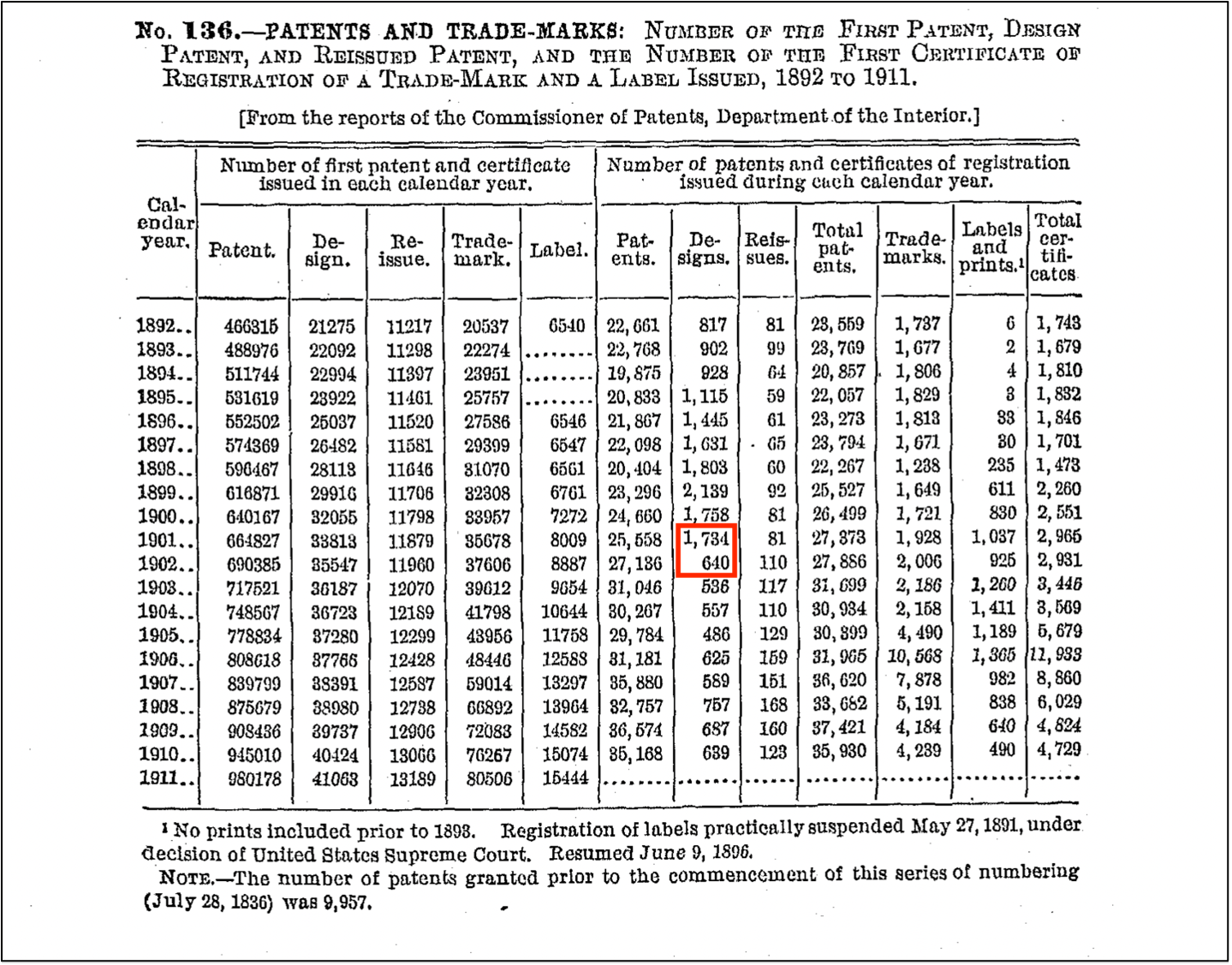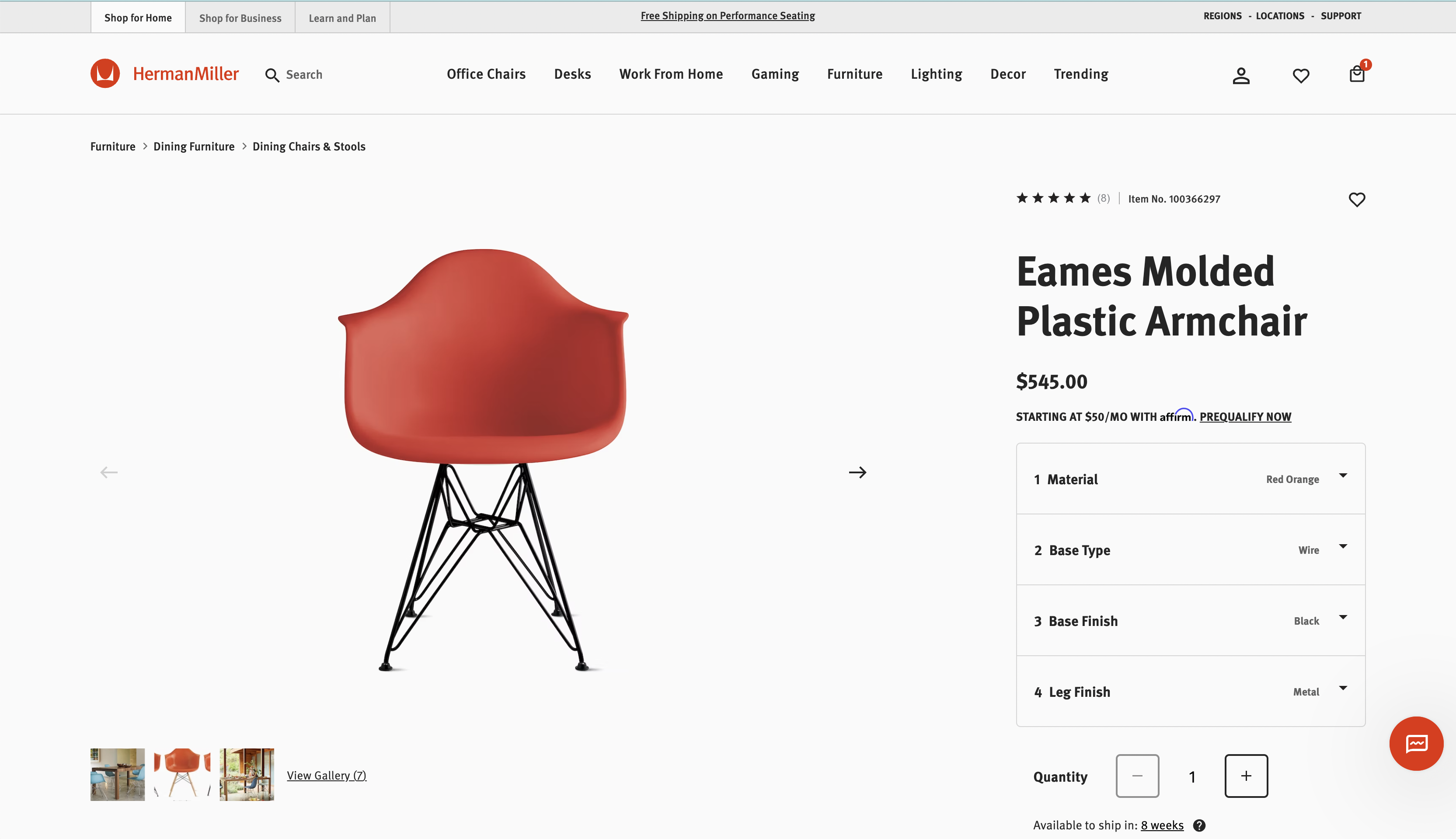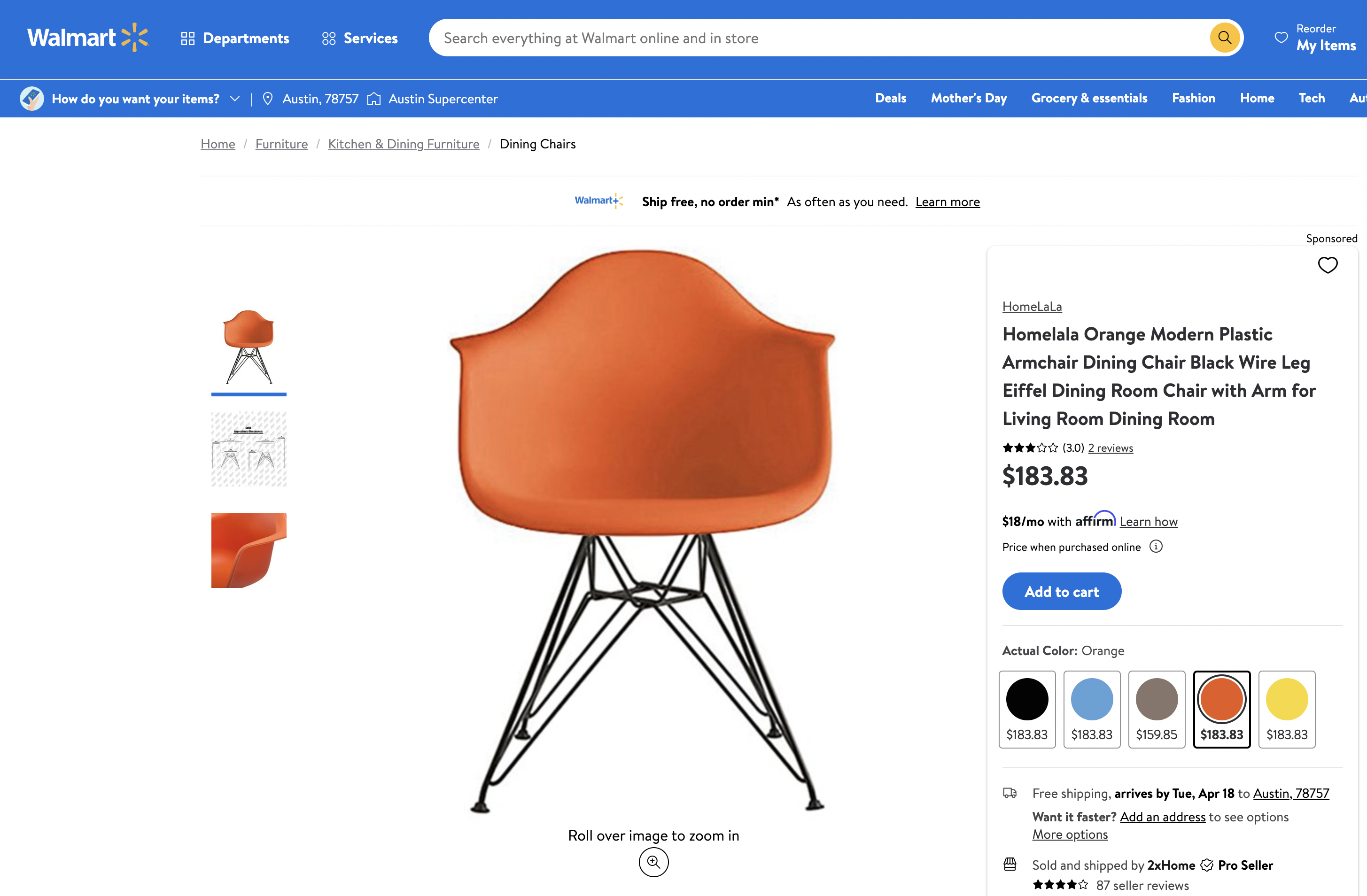What’s American about American Industrial Design? US Laws
PDF: Gorman, What’s American about American Design
Design historians routinely used to credit the distinctive character of US industrial design to the “rugged individualism” and “pioneering spirit” of US designers, manufacturers, and consumers. They were right about Americans being exceptional. Psychologists have argued that in arenas ranging from perception to decision-making, “American participants are exceptional even within the unusual population of Westerners—outliers among outliers,” especially in their individualism.1 Americans may be the WEIRDest (Western, Educated, Industrialized, Rich, and Democratic) people in the world, but psychological exceptionalism did not cause, nor does it explain, US design exceptionalism. Globally anomalous US national standards, intellectual property laws, tax laws, trade laws, liability laws, and environmental laws have exerted a far more direct and powerful influence on the shape of American industrial design than “Yankee ingenuity,” “rugged individualism,” and “highbrow,” “middlebrow,” “lowbrow,” and/or “changing” tastes ever have.
Unusual intellectual property laws have played an especially formative role in shaping the national character of US industrial design. Copyright-like registration schemes predominate in most European countries, but Congress chose in 1842 to grant limited-time monopolies for designs under patent law, rather than copyright law. Patent law requires “novelty,” and novelty is a higher legal bar than mere “originality,” which is all that copyright law demands. Designs that patent examiners deem insufficiently novel never leave the public domain and may be freely copied in the United States. Whether the availability of cheap knockoffs of well-known designs at low, low prices on Walmart.com is a feature or a bug of the US system depends on whom you ask, but I tend to side with the Congresses and courts of yore: leaving as many designs as possible in the public domain and limiting the term of design patents to fifteen years is very “democratic,” in the sense that it affords even people of modest means a chance to own stylish things (figs. 1, 2).
US intellectual property laws also explain many design-historical mysteries. The Patent Act of 1902, for example, illuminates why, after three centuries of near-lockstep imitation of British design, US design remained “ornamental” as British design steadily became more “modern” in the first half of the twentieth century. In 1902, at exactly the moment when spare, rectilinear Arts and Crafts furnishings were coming into vogue in the United States, Congress decreed for the first time that a design must be “ornamental,” in addition to the traditional requirements that it be “new” and “original,” to be eligible for a design patent.2 The number of design patents granted each year in the United States immediately plummeted (fig. 3). Because United Kingdom producers had no ornamentality clause and could secure design rights for merely original (vs. novel) designs, they could deter copyists and thus maintain higher prices, profits, and quality. The 1902 Act explains why US makers could do none of those things. It also explains why Gustav Stickley and other designers of simple, unornamented Arts and Crafts furnishings held so few design patents, why copying of Arts and Crafts work was so rampant, and why so many US furnishings remained elaborately ornamented well into the 1920s and 1930s. The available evidence suggests US designers were as keen on functionalist modernism as their European counterparts. But design patent law demanded ornament, so manufacturers were loath to abandon it, because it increased their chances of securing a design patent and thus a profitable short-term monopoly.

Decorative tail fins, boomerangs, and starbursts were all design patentable; unornamented, functionalist forms were not. Until the 2000s, only a few companies managed to profitably produce functionalist modern designs in the United States, and most were high-end, large-scale contract manufacturers, such as IBM, Knoll, and Herman Miller. These companies had the expert legal advice and the capital to pursue technological innovations (vs. stylistic innovations), which allowed them to protect their sleek, modern designs with stronger, longer-lasting utility (rather than, or as well as, design) patents. Most smaller- and lower-end manufacturers simply did not have that luxury, because utility patents cost considerably more to develop, write, and file than design patents did. What Russell Lynes famously dubbed “highbrow,” “middlebrow,” and “lowbrow” tastes, then, arguably had less to do with what designers or consumers wanted than with how manufacturers selling at different prices points chose—and could afford—to navigate the US patent system.
Many other kinds of US laws have also shaped the forms of US industrial designs, sometimes in unexpected and perverse ways. Consider the Chicken Tax of 1964 (a never-repealed 25 percent tariff on imported light trucks that Democrat Lyndon B. Johnson imposed in retaliation for French and German tariffs on cheap US frozen chickens) and the “light truck” loophole in the Corporate Average Fuel Efficiency (CAFE) standards of 1975, signed by Republican Gerald Ford. These laws, signed a decade apart by presidents of different parties for completely different purposes (retaliation for unfair trading practices and energy conservation, respectively), created a perverse incentive for Detroit automakers to ramp up their production of inefficient light trucks. Because the fuel-economy targets for light trucks were easier to hit, because the Chicken Tax made it difficult for Japanese and European automakers to compete on price in the light-truck category, and because more luxurious vehicles were more profitable than base models, Detroit automakers scaled back production of station wagons and other large, fuel-inefficient, low-margin passenger cars and instead began producing large vehicles on light-truck platforms. These included the General Motors Chevy S-10 Blazer and GMC Jimmy of 1983, the American Motors Jeep Cherokee XJ of 1984, and the first-ever Chrysler minivan of 1984, at a moment when the word “minivan”—like the words “luxury SUV” and “luxury pickup”—sounded oxymoronic. For the next twenty years, light trucks grew steadily larger and more luxurious, until these formerly workaday vehicles became the most expensive and profitable vehicles in US automakers’ fleets.
The “voluntary export restraints” Republican Ronald Reagan brokered in 1981 with Japanese automakers, layered atop Johnson’s 1964 Chicken Tax and Ford’s 1975 CAFE standards, led Toyota, Honda, and Nissan to develop their luxury Lexus, Acura, and Infiniti marques specifically and exclusively for the US market, on the principle that if they were going to sell fewer cars in the United States, they needed to be more profitable cars. It also led them to build plants in the United States in the 1980s to dodge both the “voluntary” sales quotas and the Chicken Tax. Over time, Japanese competition eroded Detroit’s profits in the formerly protected and highly profitable luxury light-truck and SUV category. Congress then designed, and Republican George W. Bush signed, the 2002 Job Creation and Worker Assistance Act to prop up the Big Three’s sagging profits. Lawmakers rewrote the tax code to allow Americans who purchased a truck, SUV, or van of more than six thousand pounds for business use to write off nearly half its cost on their income taxes in the first year. The new law therefore provided a surreptitious government handout to the Big Three automakers who produced these behemoths, as well as to the contractors, realtors, and other businesspeople who purchased them.
Many sudden, difficult-to-explain historical shifts in the styles of US products also correlate neatly to changes in US laws. Streamlining, for example, emerged in the wake of state workers’ compensation laws and shifts in the common law of products liability. Pretty much every electric fan manufacturer in the United States shifted from metal to plastic blades—and made formerly optional “safety guards” with tightly spaced wires standard on all their models—within just two or three years after the California Supreme Court decided the landmark products liability case Greenman v. Yuba Power Products (1963). Apple introduced its fruit-colored, streamlined “blobject” iMac G3s of 1998 in the immediate wake of the 1995 Supreme Court case Qualitex v. Jacobson, which established that yes, Americans could register sufficiently distinctive and nonfunctional colors as trademarks. I could go on. (And I do, in a forthcoming book from Reaktion.)
Anomalous US laws explain many distinctive traits of US industrial design, including the raw functionalism of turn-of-the-twentieth-century US machinery, the persistent ornamentality of US furnishings, the rise of blobjects at the turn of the twenty-first century, and the shift to monochromatic minimalism in the 2000s. Though Americans may be exceptionally individualistic, historians of industrial design cannot afford to be: industrial design is shaped less by individual designers, manufacturers, and tastemakers than by the laws that govern all Americans, collectively.
Cite this article: Carma Gorman, “What’s American about American Industrial Design? US Laws,” in “Beyond Copyright: How does Law Impact Art?” Colloquium, ed. Wendy Katz and Lauren van Haaften-Schick, Panorama: Journal of the Association of Historians of American Art 9, no. 1 (Spring 2023), https://doi.org/10.24926/24716839.17368.
Notes
- Joseph Henrich, Steven J. Heine, and Ara Norenzayan, “The Weirdest People in the World?” Behavioral and Brain Sciences 33, nos. 2/3 (2010): 14, 16, https://www2.psych.ubc.ca/~henrich/pdfs/WeirdPeople.pdf. This article has been cited nearly twelve thousand times in not quite thirteen years. ↵
- “An Act to amend section forty-nine hundred and twenty-nine of the Revised Statutes, relating to design patents,” May 9, 1902 (Public Law No. 109), 32 Stat. 193 (1902), chap. 783, https://heinonline.org/HOL/P?h=hein.statute/sal032&i=263. ↵
About the Author(s): Carma Gorman is Associate Professor in the School of Design and Creative Technologies, The University of Texas at Austin.



